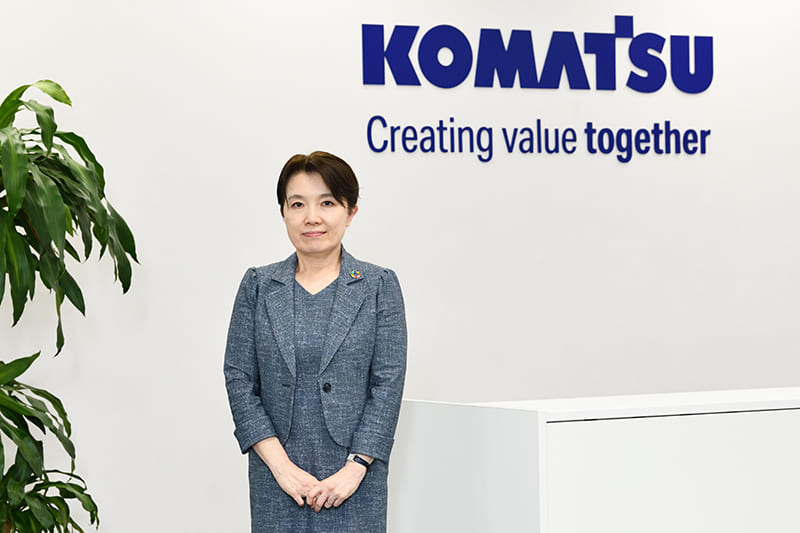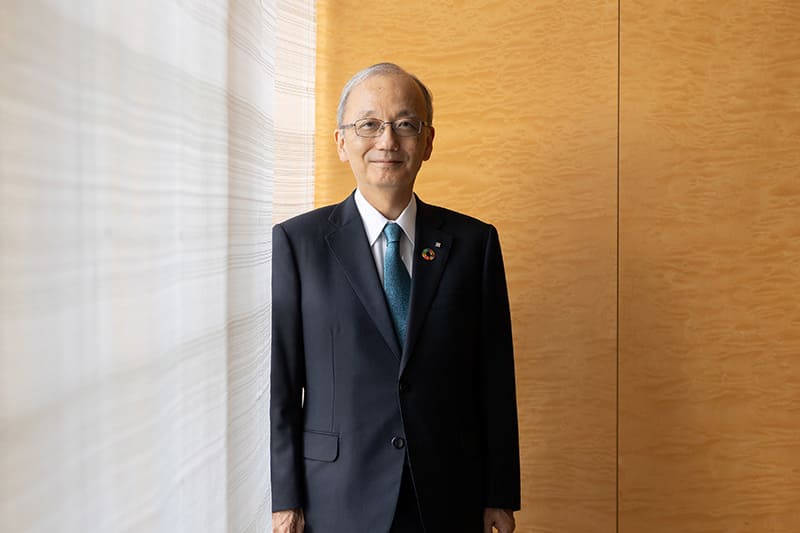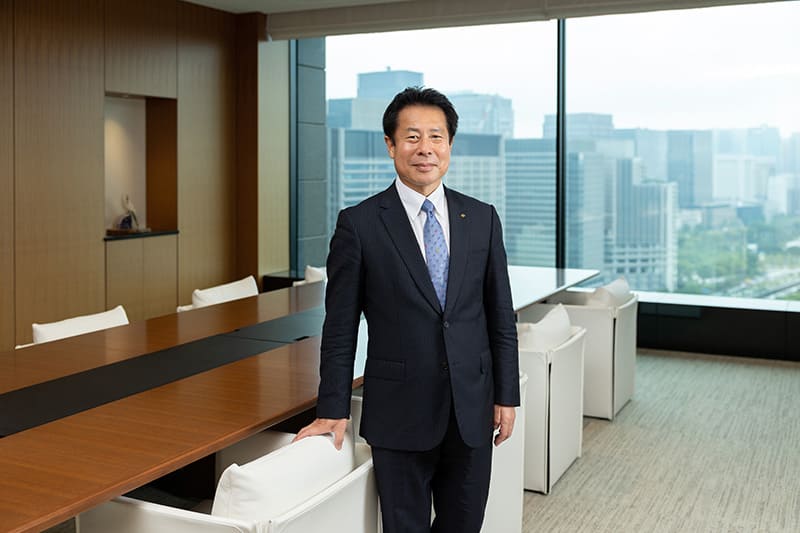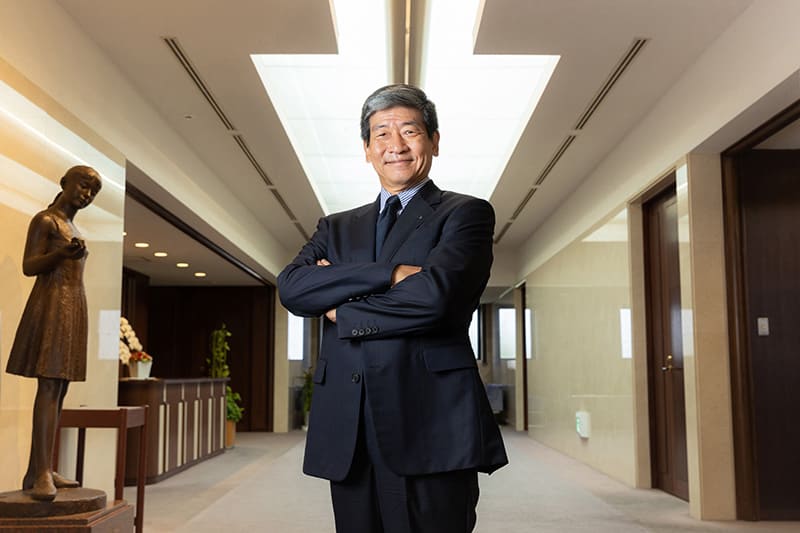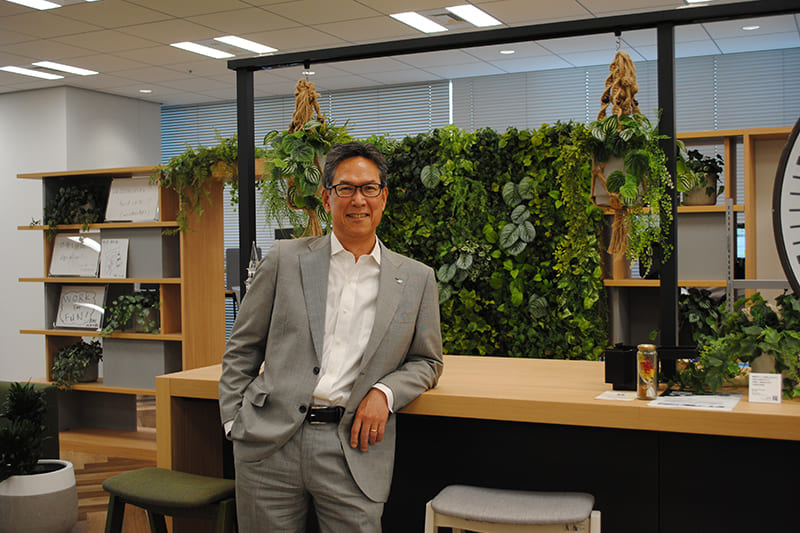December 02, 2022
Sumitomo Foresty’s long history of environmental consciousness
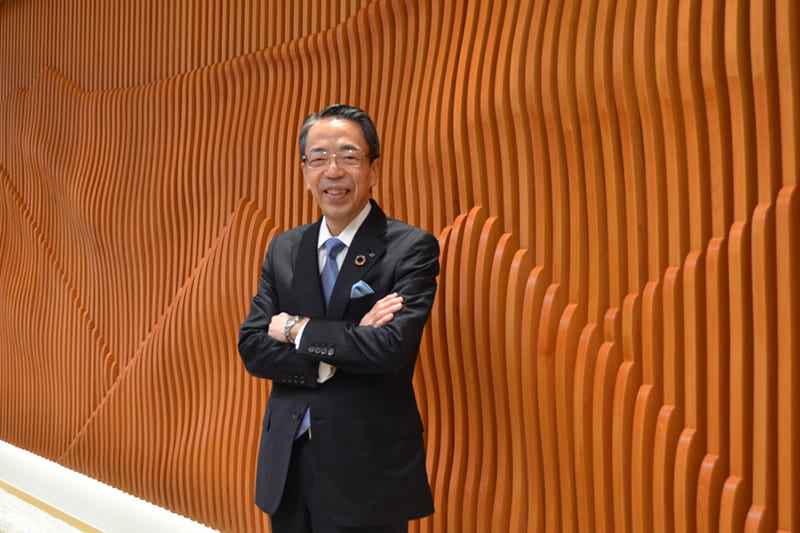
Sumitomo Forestry Co. always looks back on what happened to the Besshi Copper Mine in Ehime Prefecture, which opened about 330 years ago and was one of Japan’s biggest copper mines.
Sumitomo Forestry’s history goes back to 1691, when the House of Sumitomo opened the mine, as they needed wood to support mine tunnels and to fuel smelters. But the excessive logging and the smoke from the smelters had turned the mountain devastated by the end of the 19th century. In 1894, a project to regenerate the land was kicked off.
“It took more than 100 years to make the mountain how it used to be. That is the origin of the company and our spiritual pillar,” said Tatsuru Satoh, executive vice president for Sumitomo Forestry.
When a strong typhoon hit the region in 1899, landslides from the mountain devastated the mining facilities. A large amount of soil was brought in to afforest the mountain with Japanese cypress, a type of tree that grows well in shallow soil, Satoh said.
They planted more than 1 million trees every year until the mountain was fully regenerated. The copper mine was closed in 1973, but nature has continued to be restored. Today, Sumitomo Forestry manages a total of about 48,000 hectares of forest from Hokkaido to Kyushu, about one eight-hundredth of the country’s overall land and the third-largest amount of forestland owned by a corporation.
The company is also aware of the significance of its businesses at a time when climate change is an increasingly urgent issue. Satoh said one of the major roles that Sumitomo Forestry plays in mitigating climate change is to systematically fell old trees and plant seedlings every year because the amount of carbon dioxide that trees can absorb declines as they grow older. Furthermore, carbon stored in trees remains even after harvested. “We believe that, based on the sustainable forest management, using more timber and wood products and replace old trees with young ones would lead to a larger carbon storage of the whole society,” Satoh said.
“We hope to establish an ecosystem that enables coexistence of the nature and business; expanding forests itself should sustain as business ” Satoh said. He said a total of about 178 million hectares of forest disappeared in the past 30 years, and in recent years, 70% of the drive behind deforestation is conversion to farmland.
To contribute to building a decarbonized society, Sumitomo Forestry announced in February its plan to launch a global forestry fund with the scale of ¥100 billion ($700 million). In North America, Oceania, and Southeast Asia, sustainable forest management is already established and with these forest assets as its core, the fund will create carbon credit through forest restoration and conservation in South East Asia. Investors will receive profits from timber and carbon credits.
Sumitomo Forestry will also provide consulting services for forest management and conservation. For example, the company succeeded in establishing a peatland management technology in Indonesia’s West Kalimantan province. The firm tied up with IHI Corp., which owns satellite weather observation technologies, to precisely measure the water level and preserve soil, where in the past, illegal logging and slash-and-burn practices were repeated, leading to massive CO2 emissions.
Sumitomo Forestry currently owns and manages about 230,000 hectares of forestland overseas, most of which is in Indonesia and the rest in New Zealand and Papua New Guinea. “Our goal is to expand the forestland at home and abroad to 500,000 hectares by 2030,” Satoh said.
Naonori Kimura
Industrial Growth Platform Inc. (IGPI) Partner
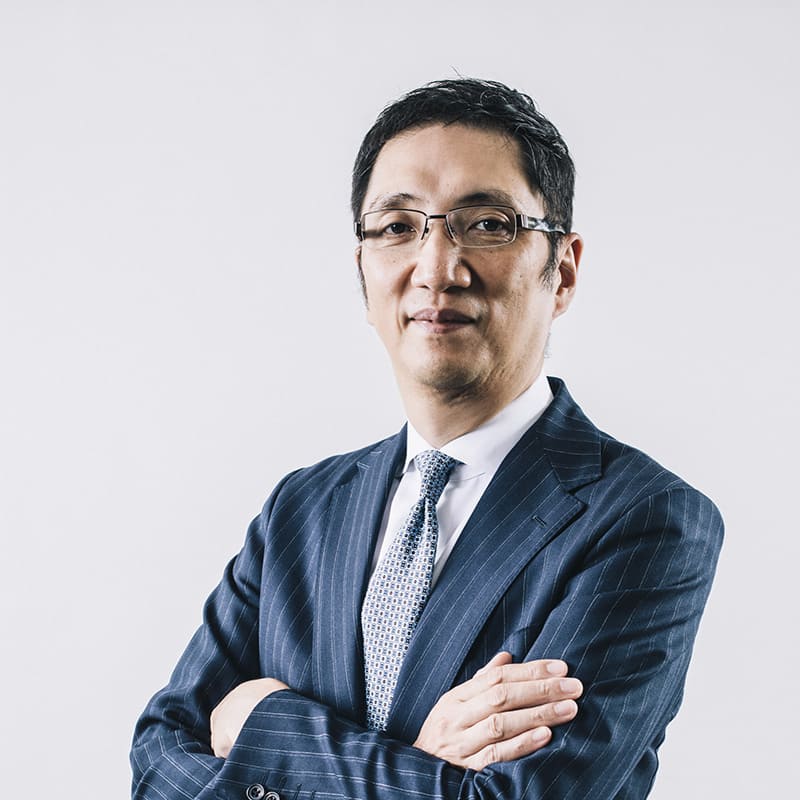
Sumitomo Forestry’s efforts to regenerate nature began in Kyoto, 400 years ago, where the Sumitomo Group originated, with reforestation of the mountain starting in 1894. Since then, the company has launched a series of cooperative forest-related businesses. To respond to the recent social need for reducing emissions of carbon dioxide, it is contributing to a carbon-neutral society on a global level based on its Wood Cycle concept, which brings together its efforts on decarbonization: planting trees, logging them and storing carbon, using them for construction, and recycling them for renewable energy. Owning one eight-hundredth of the country’s land, Sumitomo Forestry not only has a viewpoint as a business, its long-term plans — taking into account a broad view of the whole country and the global environment — prove that it retains its corporate DNA stemming from a century of restoring nature at the copper mine. The company also aims for a better working environment where many workers feel satisfied, declaring respect for diversity as one of its corporate values. What unifies Sumitomo Forestry’s diverse business and human resources is its identity originating in the Besshi Copper Mine, helping its customers and workers share its philosophy. I believe its business management approach of cooperating with nature while wielding a strong unifying power and taking an extremely long-term perspective has been sustainable since the foundation of the company.


